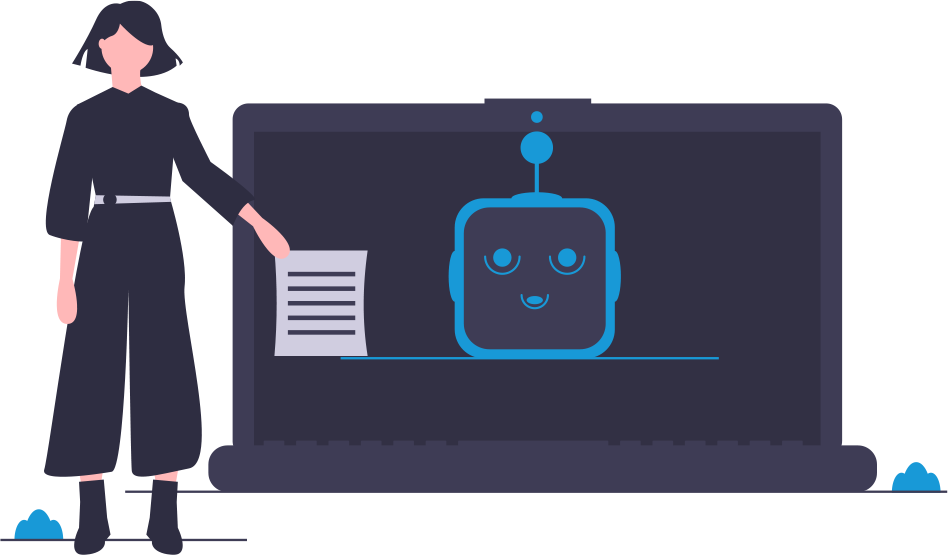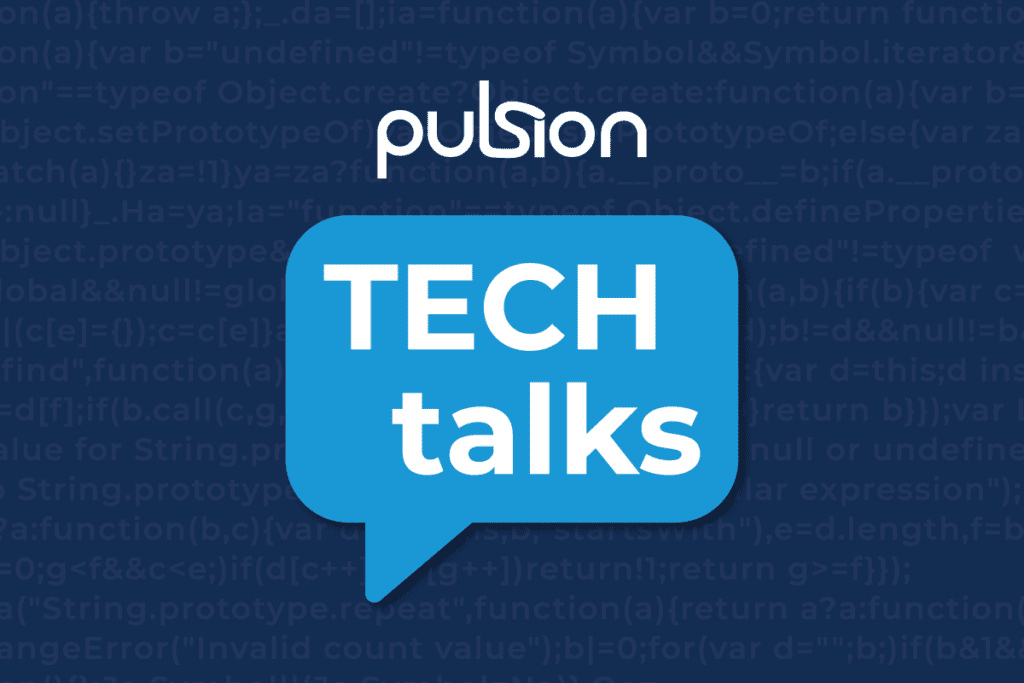Release Innovation
For years, dreams about computers coming to life with artificial intelligence (AI) have ignited out imaginations. From utopia to catastrophic we’ve built galaxies and industries around tall tales of AI. The closer we get to it, though, the easier it is to see that we’ve misjudged the role AI will play in our lives.
Instead of shackling us to computers, AI empowers us to achieve digital transformation. Businesses today plan to use AI to make better decisions, unlock data in text and speech, identify anomalies, recommend products, predict maintenance, and more.

AI lands a leading industry role with its machine learning prowess
Machine learning is the engine behind AI, and it isn’t scary the way sci-fi movies would have you believe. As a general purpose technology, you can apply machine learning to many different scenarios to fuel innovation and create new capabilities.
Machine learning works by using massive volumes of historical data and the probability of likely outcomes to refine mathematical models to better describe complex scenarios. Answer bias is not programmed into the system, meaning the data itself directs the modifications made to the model until the model reflects the data as accurately as it can. Once your model is ready (or trained) you can apply it to new data to better understand trends and likely outcomes.
AI is simply the program logic to interpret machine learning results.
Machine Learning makes a grand entrance on the cloud
Machine learning is making a profound impact on a broad canvas of business and technology areas today. From boosting application intelligence, to analysing data on a deeper level, and forecasting future outcomes, machine learning offers organisations valuable inroads to improving their agility and efficiency. Companies across industries are using machine learning to create competitive opportunities for themselves.
To work, machine learning needs data – LOTS of data – as well as specialised compute power like GPUs to train and run models on all that data. The cloud provides secure, virtually unlimited access to data and power at scale. Its on-demand availability means companies no longer need to purchase expensive, specialised technology that sits unused most of the time.
Cloud computing brings digital transformation to the centre stage for business by enabling machine learning – the science that uses self-improving algorithms – to help us find better answers, faster.
The AWS approach to machine learning makes innovation contagious
AWS offers a unique company-directed approach to machine learning that empowers innovation from all areas of the business. it starts at the C-level with adoption of a centralised machine learning platform that provides easy access to users across the organisation. A shared platform approach empowers groups to cross pollinate best practices and build on one another’s ideas.
How you choose to write machine learning into your company’s story is up to you but you could use it to:

Make better decisions to inform your course of action
Businesses use forecasting to help them plan how best to move forward. You can improve the accuracy of your forecast by using machine learning to train models with historical and third-party data and then apply that to new information as it becomes available.
Different departments within the same organisation can use machine learning for:
- Revenue forecasting (Finance)
- Benfit planning (HR)
- Promotion planning (Marketing)
Across industries, machine learning helps with forecasting and planning activities, like:
- Inventory planning (Retail, manufacturing, industrial)
- Shipping logistics (Transportation)
- Price Planning (Airlines and hotels)
Unlock information from documents and verbal language
A lot of valuable information still exists in paper documents and auditory recordings today. By making this data available electronically through machine learning, you can include it in your queries, which open up new avenues for unlocking insights and solving problems.
Different departments within the same organisation can use machine learning for:
- Contract management (Legal)
- Resume digitisation (HR)
- Chatbot intelligence (Customer service)
Across industries, machine learning makes non-digital data available for analysis, like:
- Patient history (Healthcare)
- Bill of sale documents (Shipping)
- Attendant monitoring (Call centre)
Identify anomalies in your data
Unusual behaviour or circumstances will often trigger deviations in data. Machine learning establishes a baseline that you can use to detect anomalies in new data in real time in order to isolate issues before they get out of hand.
Different departments within the same organisation can use anomaly detection to identify:
- Security threats (IT)
- Identity theft (HR)
- Fraudulent purchases (Sales)
Across industries, machine learning detects data anomalies that may indicate issues with:
- Unuathorised account access (Banking)
- EKG irregularities (Healthcare)
- Temperature control (Industrial)
Recommend unique activities for customers
User-specific data generated from online activities through search engine and website cookies track customer behaviour. You can use machine learning to create models that allow you to offer valuable recommendations and experiences for your customers in the moment.
Different departments within the same organisation can use personalisation for:
- Product recommendation (Sales)
- Offer personalisation (Marketing)
- Advertisement placement (Marketing)
Across industries, machine learning helps businesses make personalised recommendations, like:
- Cart additions (Retail)
- Route suggestions (Transportation)
- Service providers (Legal)
Predict maintenance requirements ahead of schedule
Many companies rely on routine diagnostic inspections and scheduled maintenance to monitor their equipment. You can train machine learning models to analyse data retrieved from device sensors and anticipate problems before they start.
Different departments within the same organisation can use predictive maintenance for:
- Equipment upkeep (Maintenance)
- Asset budgeting (Finance)
- Location assignment (Scheduling)
Across industries, machine learning predicts maintenance needs to avoid malfunctions in assets, like:
- Airplanes (Transportation)
- Truck engines (Shipping)
- Heavy machinery (Construction)




